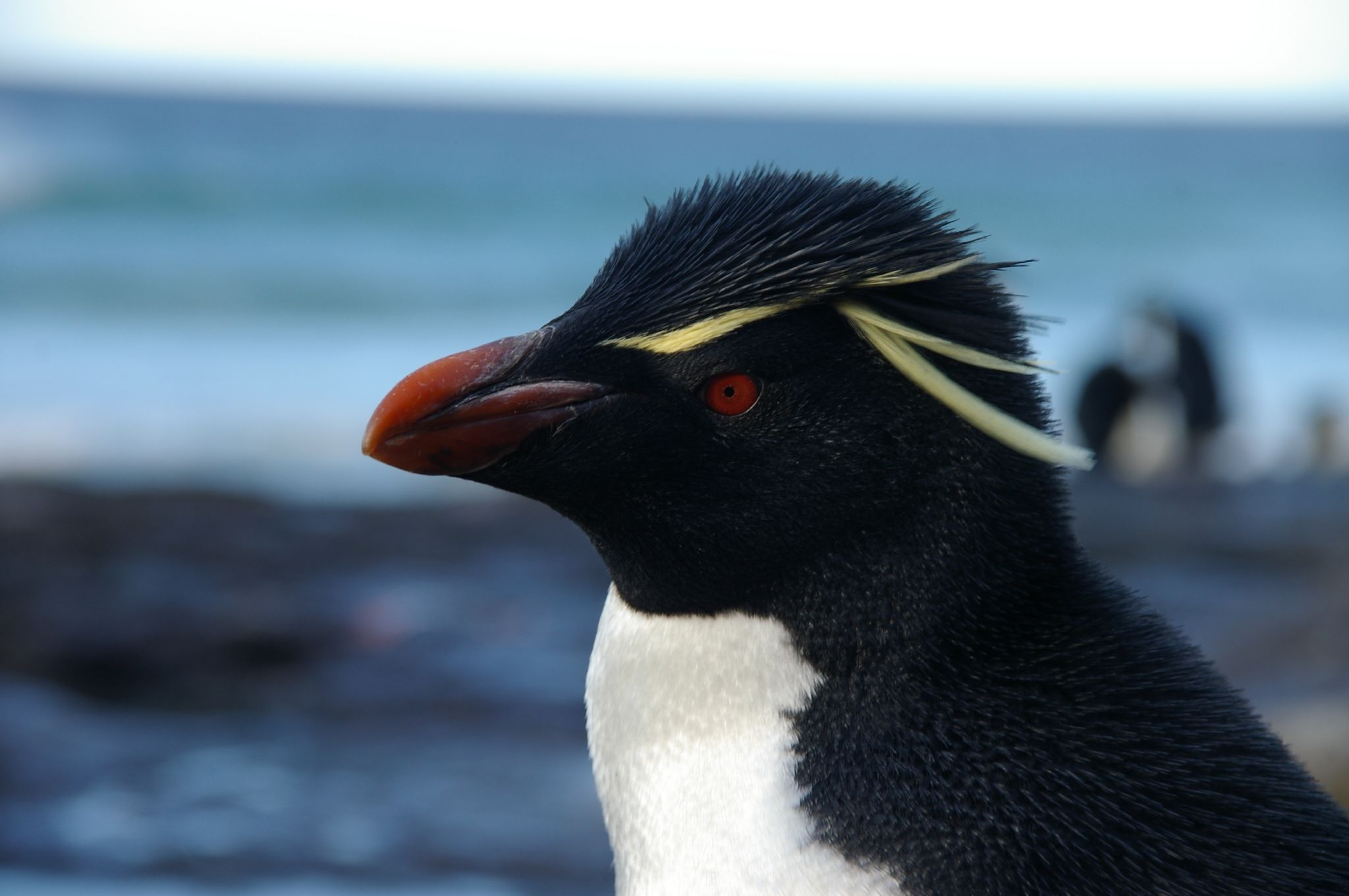|
Flightless Birds
Flightless birds are birds that cannot Bird flight, fly, as they have, through evolution, lost the ability to. There are over 60 extant species, including the well-known ratites (ostriches, emus, cassowary, cassowaries, Rhea (bird), rheas, and Kiwi (bird), kiwis) and penguins. The smallest flightless bird is the Inaccessible Island rail (length 12.5 cm, weight 34.7 g). The largest (both heaviest and tallest) flightless bird, which is also the largest living bird in general, is the common ostrich (2.7 m, 156 kg). Many domesticated birds, such as the domestic chicken and domestic duck, have lost the ability to fly for extended periods, although their ancestral species, the red junglefowl and mallard, respectively, are capable of extended flight. A few particularly bred birds, such as the Broad Breasted White turkey, have become totally flightless as a result of selective breeding; the birds were bred to grow massive breast meat that weighs too much for the bird's wings ... [...More Info...] [...Related Items...] OR: [Wikipedia] [Google] [Baidu] |
Penguins Edinburgh Zoo 2004 SMC
Penguins are a group of Water bird, aquatic flightless birds from the family (biology), family Spheniscidae () of the order (biology), order Sphenisciformes (). They live almost exclusively in the Southern Hemisphere. Only one species, the Galápagos penguin, is equatorial, with a small portion of its population extending slightly north of the equator (within a quarter degree of latitude). Highly adapted for life in the ocean water, penguins have Countershading, countershaded dark and white plumage and flippers for swimming. Most penguins feed on krill, fish, squid and other forms of sea life which they catch with their bills and swallow whole while swimming. A penguin has a spiny tongue and powerful jaws to grip slippery prey. They spend about half of their lives on land and the other half in the sea. The largest living species is the emperor penguin (''Aptenodytes forsteri''): on average, adults are about tall and weigh . The smallest penguin species is the Little penguin, ... [...More Info...] [...Related Items...] OR: [Wikipedia] [Google] [Baidu] |
